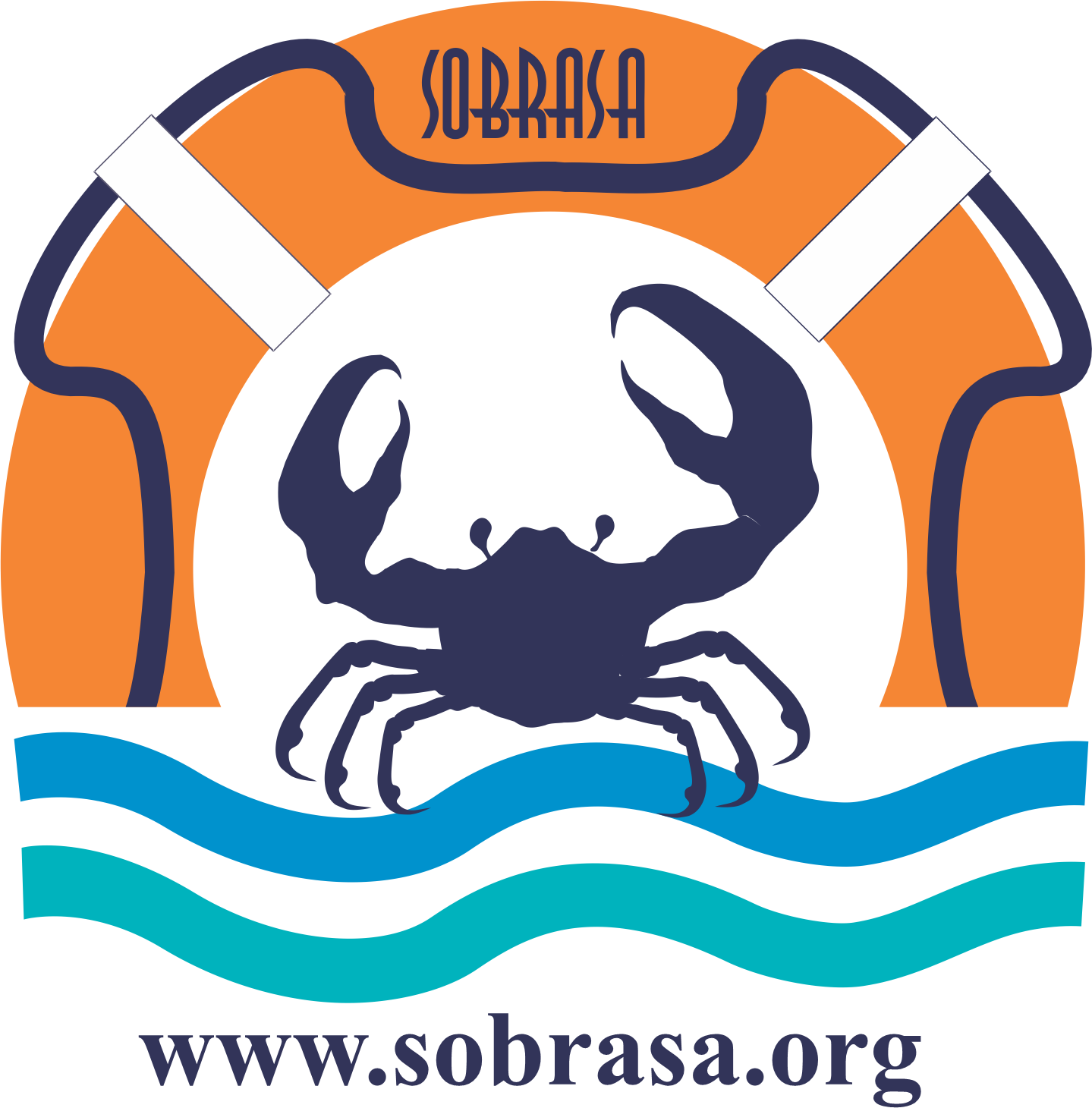SOBRASA
Sociedade Brasileira de Salvamento Aquático
Drowning is a major public health problem in Brazil where 15 people die daily, four of them children under 14. Brazil has a very high exposure to aquatic areas used year round, and the one of highest rates of death by drowning in the world. According to the Brazilian Center for disaster control (2011), Brazil ranks fourth worldwide in the number of reported injuries from flooding.

SOBRASA has been very active in realizing many different prevention projects, and some of them are described below:
1. Project “POOL+ SAFE” – a prevention campaign to help owner to make their private and public pool safer video
Abstract english link
2. Water safety courses on-line for free. link
3. A cartoon video on beach drowning prevention – link, also available in English subtitles link and Spanish link
4. A cartoon video on fresh water drowning prevention (rivers, lakes, in-house and pools) link, also available in English link and Spanish link
5. A cartoon video on FLOOD drowning prevention link, also available in English link and Spanish link
6. Comic book – KIM at adventures in fresh Water – a prevention comic book – link
7. The project “Drowning Prevention at Fresh Water” targeting children age 5 to 9 years old: a lifeguard visit to elementary school + Drowning prevention
cartoon videos + comic book + refrigerator magnetic with prevention message to children at home.
8. Surf-save Project – Teaching prevention and lifesaving to surfers – link/
9. Aquatic emergency course – Teaching prevention and lifesaving to health professionals (medicine and nursery) link and video
10. Junior lifeguard program – a program on drowning prevention every weekend for children age 15 to 18 years-old. link video at link
11. Kids lifeguard program – a program on drowning prevention every weekend for children 5 to 14 years-old. link
12. Prevention banner to download link
13. Pool signalization of water safety link
14. The “Drowning Prevention Seeders” campaign to reduce drowning occurrence by identifying and delivering effective prevention messages in an
enjoyable way to young people. link
15. Pool safety graphic material to download for free link
16. 250 Lectures a year on drowning prevention
SOBRASA weekly participation as a Brazilian leader on drowning prevention at TV, radio and newspaper press. I.e; http://globotv.globo.com/globo-news/globo-news-saude/v/conheca-o-metodo-de-salvamento-de-afogados-que-e-destaque-no-mundo/2482507/
Contact: SOBRASA@SOBRASA.org
Reference
1. Szpilman D, Bierens JJLM, Handley AJ, Orlowski JP. Drowning: Current Concepts. N Engl J Med 2012; 366:2102-10
2. David Szpilman. Afogamento – Perfil epidemiológico no Brasil – Ano 2011. Publicado on-line em https://sobrasa.org/?p=7041, Julho de 2013. Trabalho elaborado com base nos dados do Sistema de Informação em Mortalidade (SIM) tabulados no Tabwin – Ministério da Saúde – DATASUS – 2013. Acesso on-line http://www2.datasus.gov.br/DATASUS/index.php Julho de 2013 (ultimo ano disponível 2011)
3. David Szpilman. DROWNING IN BRAZIL – A profile of quarter of million deaths in 32 Years (1976-2010) – World Conference on Drowning Prevention, Potsdam – Germany 2013, Book of Abstracts, P257. www.wcdp2013.org
4. David Szpilman. Having difficulties raising funds for a drowning prevention campaign? Build yourself a tool to attract government support! World Conference on Drowning Prevention, Danang – Vietnan 2011, Book of Abstracts, ISBN: 978-0-909689-33-9, P283.
5. Antonio Schinda, David Szpilman, Edemilson de Barros, Roberto Antonio Deitos. DROWNING: a silent fatal endemic in Parana state predominantly by youth in freshwater – World Conference on Drowning Prevention, Potsdam – Germany 2013, Book of Abstracts, P272. www.wcdp2013.org
6. Szpilman D, Goulart PM, Mocellin O, Silva A, Guaiano OP, Barros M, Alves AS, Morato M, Cerqueira J, Vilela JJM, Smicelato CE, Araújo RT, Pedroso JP, Krüger L, Barros E, Cerqueira A, Sales RC, Silva NS; 12 YEARS OF BRAZILIAN LIFESAVING SOCIETY (SOBRASA) – Did we make any difference? World Water Safety, Matosinhos – Portugal 2007, Book of Abstracts, ISBN: 978-989-95519-0-9, p207-8.
7. David Szpilman. A Professional Way To Multiply Our Drowning Prevention Message By Enlisting The Help Of Non-Lifeguards – World Conference on Drowning Prevention, Danang – Vietnan 2011, Book of Abstracts, ISBN: 978-0-909689-33-9, P284.
8. Szpilman D; SURFER-SAVE – A way to decrease drowning by teaching lifesaving to surfers; World Water Safety, Matosinhos – Portugal 2007.
9. David Szpilman. The socioeconomic aspect of drowning death in Brazil: A huge unbalance. World Conference on Drowning Prevention, Danang – Vietnan – Portugal 2011, Book of Abstracts, ISBN: 978-0-909689-33-9, P118.
10. David Szpilman et al; An impacting tools to reduce drowning among children in schools – The Use Of Fresh Water Drowning Prevention Video, A Comic Book, A Refrigerator Magnet And A Comic Character Of 2m Tall Named Kim (The Crab) –– World Conference on Drowning Prevention, Potsdam – Germany 2013, Book of Abstracts, P66. www.wcdp2013.org
11. David Szpilman. Four children below 14 years-old die every day by drowning in brazil: how are we fighting against this catastrophe? – World Conference on Drowning Prevention, Potsdam – Germany 2013, Book of Abstracts, P65. www.wcdp2013.org

